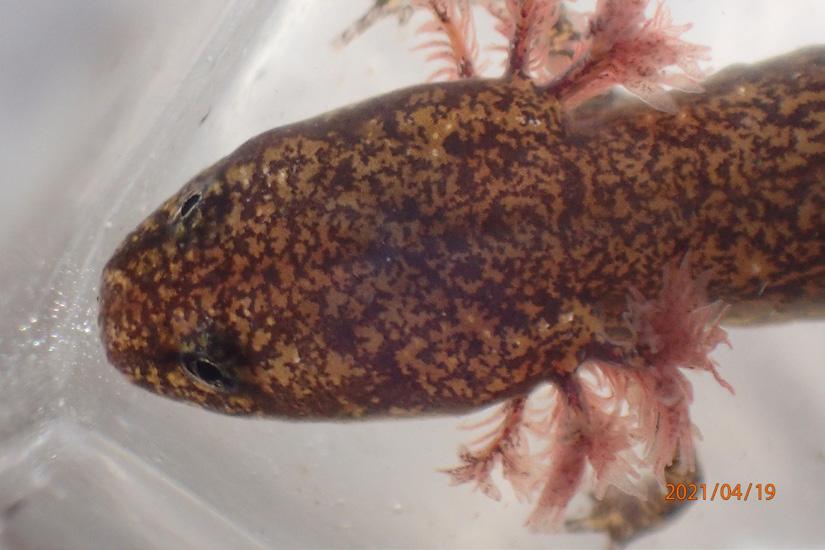
2 minute read
Guadalupe River Habitat Conservation Plan
The Guadalupe River is home to 18 federally listed endangered species, eight federally listed threatened species, numerous candidate species and several species with potential to become listed in the future. In July 2021, GBRA began the process of creating a comprehensive basin-wide conservation strategy to benefit both listed and non-listed species. GBRA will develop a holistic Guadalupe River Habitat Conservation Plan (GRHCP) and associated incidental take permit (ITP) that will provide protections for threatened and endangered species, while improving certainty to meet future human needs for water and wastewater treatment services.
What is a Habitat Conservation Plan?
Advertisement
An HCP is the primary planning document required to obtain an incidental take permit (ITP) under Section 10(a)(2)(A) of the federal Endangered Species Act of 1973 (ESA). This section of the ESA is intended to foster "creative partnerships between the public and private sectors and among governmental agencies in the interest of species and habitat conservation." A nonfederal entity can obtain an ITP if its activities cause "take" of an endangered or threatened wildlife species. An HCP describes how "take" will be minimized and mitigated, and how the HCP is to be funded.
"Take" means...
"to hunt, harass, harm, pursue, hunt, shoot, wound, kill, trap, capture, or collect a species or attempt to engage in any such conduct."
Rebecca Springs Salamander

Guadalupe Orb
GRHCP Process
As a regional leader, GBRA will apply for a 50-year long incidental take permit (ITP) that will allow other utilities, landowners, industries, and municipalities to contribute to conservation efforts and receive second party take protection. The basin-wide GRHCP and ITP is anticipated to focus on conservation of species such as the whooping crane, salamanders (Eurycea sp.) and freshwater mussels, but will benefit other rare and common species. The best available science will be used to make policy decisions that will form the foundations of this process. The longterm planning effort will benefit the region by improving the predictability and effectiveness of species conservation measures, while reducing future mitigation costs and regulatory uncertainty. The ITP is estimated to be issued in June 2026.
Opportunities to Participate
GBRA is committed to a transparent, public process where participation is welcomed and encouraged. For more information, visit the Habitat Conservation Plan page at gbra.org. Comments and questions can be submitted at future public meetings or by emailing grhcp@gbra.org.









